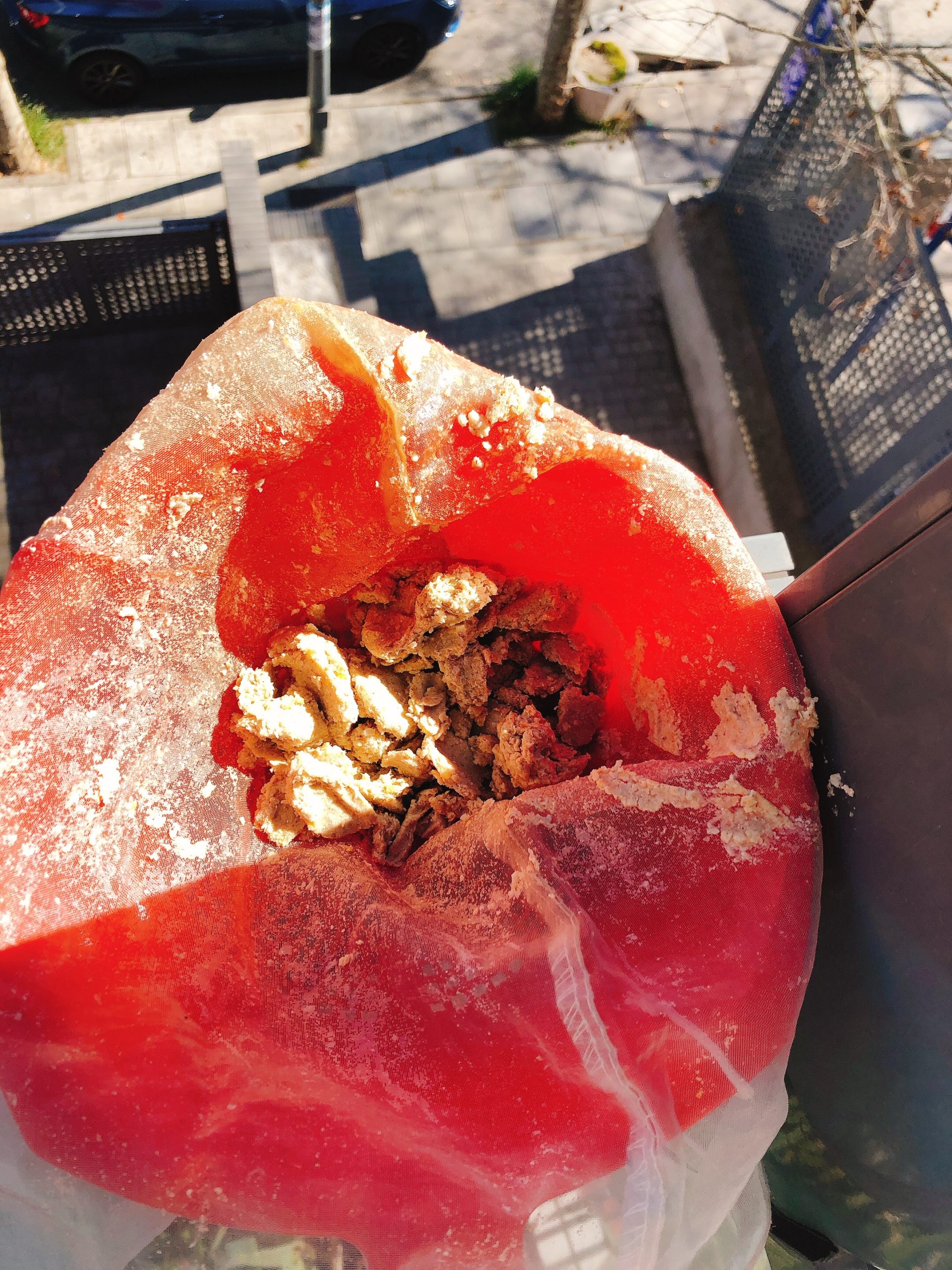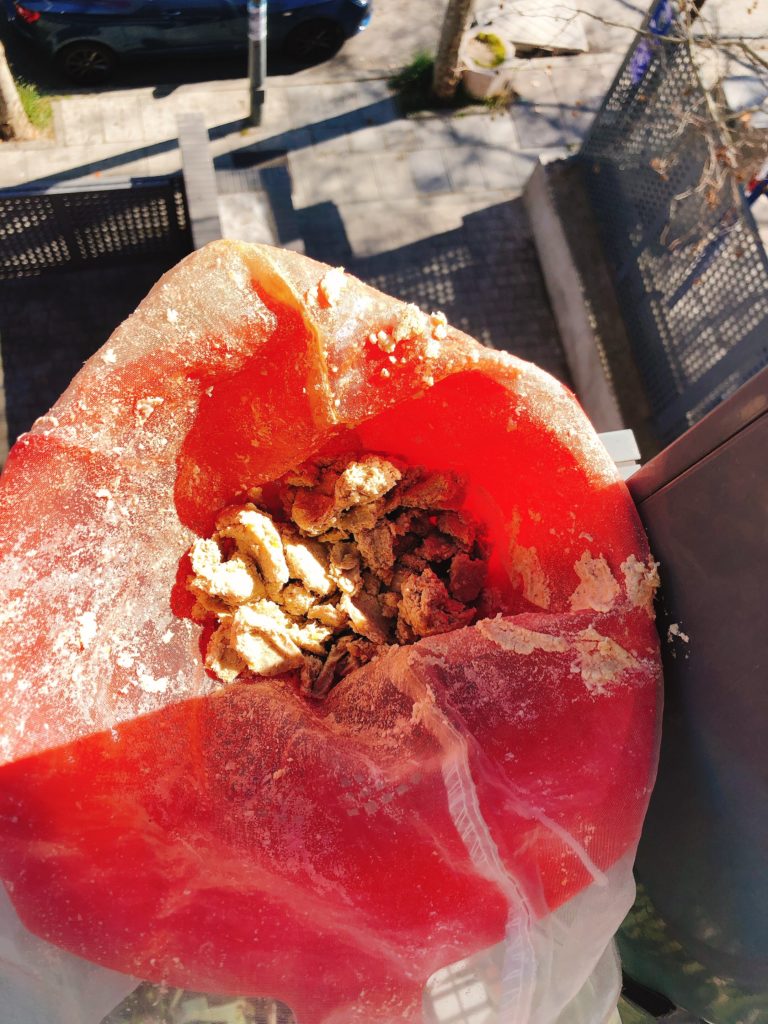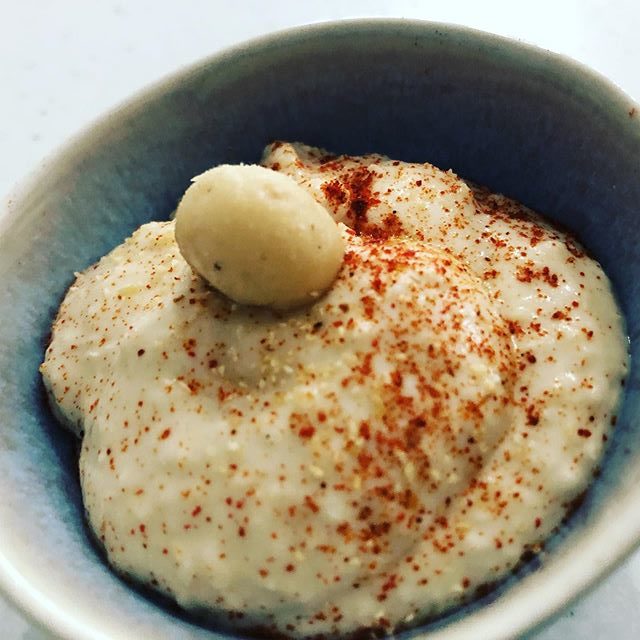What To Do With Pulp After DIYing Plant Milk?

Once you’ve said Adios to dairy, a whole new world opens up to you in terms of “milk”. The European Union funnily prohibits using the word “milk” for plant-based – well – milk and call it a plant x “drink”. I like to live a life full of risk, so I’ll call it “milk” on the blog anyway 😉
You can make an abundance of different plant milks using nuts, seeds, cereals or even fruit. I prefer those plant milks that are made with seeds because of their neutral taste and affordability. Another plus is that they are low in calories and super easy to make.
When I first went vegan, having several options for plant-based milk at the coffeeshop was unheard of. Therefore, for a good amount of time I would BYO milk in tiny mason jars and got a few strange looks over the years for doing so. And that’s the mason jar version. I know of a fellow vegan who would carry a baby bottle with him with his own vegetal milk. I wonder how many times he’s been asked if he’s adding boobie milk to his coffee?!
First, I would like to share my hit list of plant-based milk with you:
- Sesame milk – creamy and neutral in taste and full of calcium
- Cashew milk – also high in calcium with a slightly nutty flavor (I don’t have a recipe for it on the blog since I usually just scoop a bit of cashew butter in the blender, add water and blend)
- Sunflower seed milk – it’s a great everyday milk and perfect for those suffering from nut allergies. It can have an earthy taste to some, but nothing a few apricots and vanilla can’t fix.
- Hazelnut milk – warm and nutty, hazelnut milk makes a flavorful alternative. Of course, if you’re not a fan of hazelnut flavor, it won’t work for you.
- Rice milk – Rice milk tends to be sweeter than other lactose-free milks, with a thin and watery consistency. I try to keep the family’s consumption low because of recent findings on arsenic contamination.
- Soy milk – I’ve never bothered to try to make my own soy milk. Soy is a bit of a deviled plant and no one really seems to know if it’s good for you or not. So, I keep a low profile on the soy milk.
Reverting back to the original question being how to use the leftovers from making vegan milk. So imagine you
- soak your nuts, seeds or whatever,
- drain,
- rinse,
- add to the blender with fresh water
- blend until completely combined and
- strain through a cheesecloth
The cheesecloth will more or less look like this

With the pulp being fresh and still damp you got to take the first and only hard pulp decision. To dry or not to dry.
1. Gluten-Free Bread Crumbs
Spread your milk pulp onto a parchment-lined baking sheet and dry it at your oven’s lowest temperature, or use a food dehydrator to make it raw. If you live in warm place and worry about wasting energy how can place your baking sheet at a sunny spot around your house. Just make sure birds and other animals can’t reach it.
Once your pulp is dry, crumble it up and store in the fridge to use in recipes that call for bread crumbs as a topping or breading. This works great with almond and cashew pulp.
2. Pulp Crackers
Who doesn’t appreciate a good cracker? Blend olive oil, sea salt and herbs into your leftover pulp (I love sunflower seed for that), roll it out and bake in the oven at 350 °F/180°C for 5-7 minutes. Also great for feeding to your baby. Simply go easy on the spices and skip the salt.
3. Oatmeal Nutrition Boost
I love adding 1 tablespoon or two into my oatmeal before heating it on the stovetop. Most pulps go in quite unnoticable but their nutritious value will have a positive impact on your health. Again, great for getting additional nutritional goodness into babies’ and toddlers’ diets. I love doing that with sesame pulp.

4. Homemade Flour
Gluten-free folks will relate. Gluten-free flours or flours blends tend to be very expensive. Almond meal is a popular one and it couldn’t be more easy to make. See 1. for how to dry your pulp. Once dry add to a blender and blend until fine. Store in an airtight container. I love adding sesame pulp to pancakes for extra calcium in the morning.
5. Hummus and Paté
Making a paste from pulp doesn’t require much of other ingredients nor equipment since the pulp is – well – already pulp. Add tahini, cumin, salt, pepper, paprika, garlic, lemon and olive oil to turn cashew pulp into cashew hummus. For the sweet tooth, you could try adding cacao powder and maple syrup to hazelnut pulp.

6. Smoothies
Just like with oatmeal, nutritious pulp blends right in. Coconut pulp works perfectly in smoothies with raspberry or strawberry or anything tropical like mango or pineapple. Sunflower seed pulp hides amazingly in green smoothies.

Recent Comments